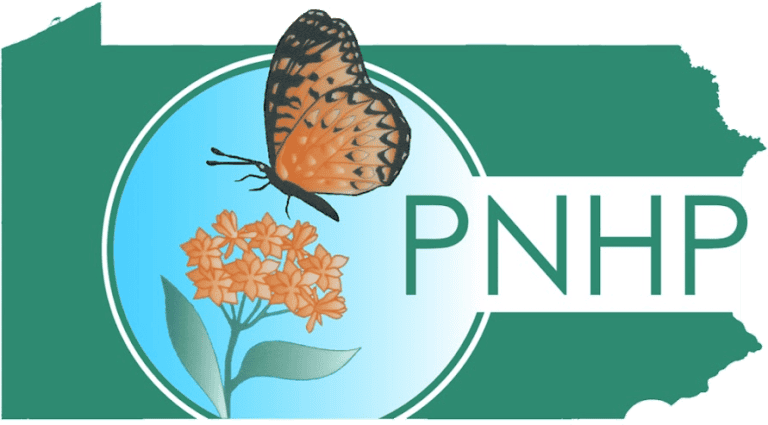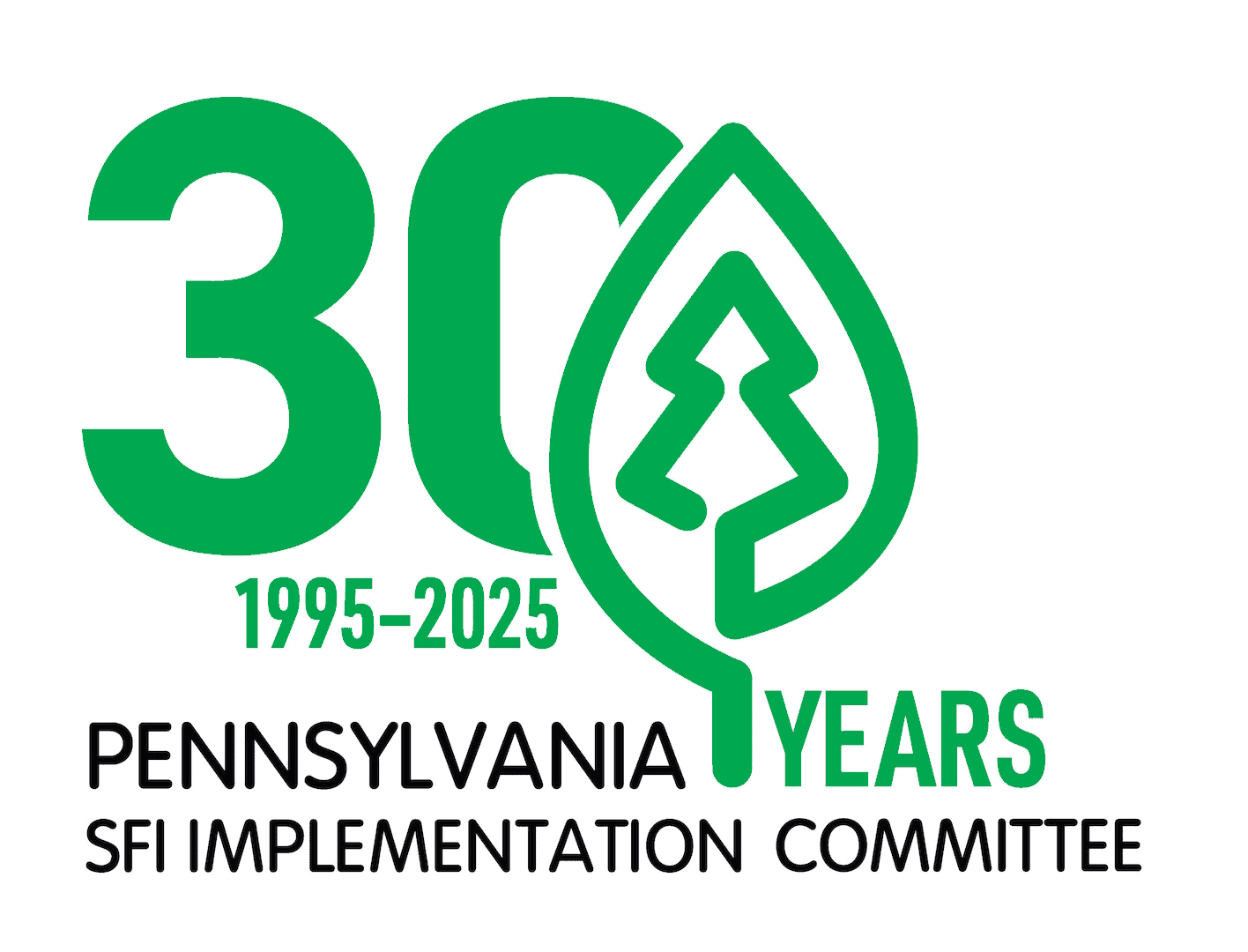
FOREST VALUES >> BIODIVERSITY AND FORESTS WITH EXCEPTIONAL CONSERVATION VALUE (FEVCs)
Forest landowners, foresters, and loggers play an important role in conserving the biodiversity of our forests. Biodiversity simply refers to the variety of life in a particular place. If we think of all the trees, people, animals, plants, fungi, and even microorganisms like bacteria in our forests as pieces to an intricate puzzle, then we can begin to understand how they all work together to create the larger picture of an interconnected ecosystem working to sustain life on earth. We can shrink the puzzle down to the level of genetic diversity within an individual species, or expand it to the diversity of communities, ecosystems, and biomes across landscapes or entire regions. Genetic, species, and ecosystem diversity are all interconnected, and at any level the more pieces we have in the puzzle the fuller the picture. When we lose pieces from the puzzle, we risk losing the health of the species and ecosystems that we rely on to provide us with the air we breathe, the water we drink, the food we eat, and the resources we use.
FORESTS WITH EXCEPTIONAL CONSERVATION VALUE
Forests with Exceptional Conservation Value (FECVs) are those that support puzzle pieces at significant risk of being lost – rare plants, animals, or ecological communities (i.e., groups of species that are commonly found together). As a good steward of the land, it is important to be aware of plant and animal species and ecological communities of concern designated as imperiled or critically imperiled and how your forest management activities may affect these species.
Imperiled: A plant or animal or community, often referred to as G2, that is globally rare or, because of some factor(s), is very vulnerable to extinction or elimination. Typically, six to 20 occurrences, or few remaining individuals (1,000 to 3,000), or acres (2,000 to 10,000 acres or 809 to 4047 hectares), or linear miles (10 to 50 miles or 16 to 80.5 kilometers) exist.
“Critically imperiled” (G1) or “imperiled” (G2) species or ecological communities are globally rare or, because of certain factors, especially vulnerable to extinction or elimination. Nongovernmental organizations such as NatureServe and Natural Heritage Programs, or the World Conservation Organization (IUCN) designate G1 and G2 species or communities. These status ranks are used to prioritize conservation and protection efforts so the rarest of species receives immediate attention. The imperiled and critically imperiled status ranks are similar to the “threatened” and “endangered” designations afforded to species protected under the Endangered Species Act (ESA) but are not legal terms under the ESA. The imperiled and critically imperiled classifications can include species that are at low populations and near extinction, but still not legally protected under the ESA.
THE PENNSYLVANIA NATURAL HERITAGE PROGRAM
The Pennsylvania Natural Heritage Program (PNHP) gathers and provides information on the location and status of imperiled and critically imperiled ecological resources in Pennsylvania.

The PNHP is a partnership between the Pennsylvania Department of Conservation and Natural Resources (DCNR), the Pennsylvania Fish and Boat Commission (PFBC), the Pennsylvania Game Commission (PGC), and the Western Pennsylvania Conservancy (WPC) in cooperation with the U.S. Fish and Wildlife Service (USFWS). Each PNHP partner agency is responsible for managing specific taxonomic groups of rare, threatened, and endangered species, as well as species of concern and rare natural features. At the federal level, the USFWS is responsible for the administration of the Endangered Species Act for federally listed Threatened and Endangered Species. At the state level, species protection is divided among the three state agencies (DCNR, PFBC, and PGC), also called jurisdictional agencies. DCNR is responsible for wild plants; PFBC is responsible for fish, amphibians, and reptiles; and PGC is responsible for birds and mammals.
STRATEGIES FOR CONSERVING FOREST BIODIVERSITY
It is important to note that imperiled and critically imperiled species can thrive in managed forests. In fact, active management is necessary for the survival of some species. It is up to landowners, foresters, and loggers to take the necessary steps to identify and conserve these species and communities
The following strategies can help maintain or perhaps increase biodiversity in forest ecosystems. Consider incorporating these strategies into your forest management activities.
Utilize the Pennsylvania Natural Heritage Program’s Environmental Review Tool (see “Pennsylvania and Forests with Exceptional Conservation Value” section below) to check for any potential impacts to local biodiversity prior to conducting forest management activities.
One strategy for conserving forest biodiversity is to provide and protect a variety of habitats for plants and animals. Diverse habitat types ensure the potential for a wide range of plants and animals.
When a large habitat is broken into smaller fragments, certain plant and animal species cannot spread easily. Three species groups affected by habitat fragmentation are:
- species with large home ranges (e.g., bears and large carnivores)
- species unable to disperse easily (e.g., many amphibian and reptile species)
- habitat-interior species (e.g., forest songbirds)
Some species easily survive habitat fragmentation. Deer and raccoon are generalists and often benefit from fragmentation.
Exotic invasive species may outcompete native species and have detrimental effects on the forest ecosystem. Spongy moths are an example of an exotic invasive species.
Pollution has negative effects on forest ecosystem productivity and may make certain species more prone to damage from insects and disease.
Sustainable harvesting practices protect the environment by conserving soil, controlling stream sedimentation, protecting residual trees from damage, and promoting desired regeneration.
SFI AND FORESTS WITH EXCEPTIONAL CONSERVATION VALUE
Non-certified forest landowners represent the majority of the forest ownership in the United States. SFI pays special attention to the important role these landowners play in conserving Forests with Exceptional Conservation Value (FECVs) through its SFI 2022 Fiber Sourcing Standard.
Performance Measure 1.2.1 requires SFI-Certified Organizations to assess FECVs across their wood and fiber supply area(s). This strengthens the standard’s requirements for addressing conservation of biodiversity at both the local and landscape levels.
Performance Measure 1.2.2 ensures that the use of qualified logging professionals contributes to the recognition and protection of FECVs and ensures the promotion of conservation of FECV for purchased stumpage by promoting awareness of biodiversity and FECVs to forest landowners.
PENNSYLVANIA AND FORESTS WITH EXCEPTIONAL CONSERVATION VALUE
The Pennsylvania Natural Heritage Program (PNHP) maintains an integrated data management system of site-specific information related to important ecological resources known as the Pennsylvania Natural Diversity Inventory (PNDI). Because imperiled species may be vulnerable to illegal collection, harassment and/or habitat damage due to excessive visitation, the PNHP and partner agencies will not provide publicly accessible geographic occurrence data specific to G1 and G2 species in Pennsylvania for the purposes of wood producers, qualified logging professionals, forest landowners, and other stakeholders to assess forests with exceptional conservation value within the fiber supply area(s) of SFI-Certified Organizations operating in Pennsylvania (see letter dated March 24, 2023).
The PNHP and partner agencies do allow the public to screen projects for potential impacts to species of concern (including G1 and G2 ranked species) through their online Environmental Review Tool (ER Tool). This tool is accessed through the Pennsylvania Conservation Explorer. The environmental review process includes specific screening for timber harvesting and vegetation management projects and produces a Pennsylvania Natural Diversity Inventory (PNDI) receipt with conservation or enhancement measures, avoidance measures or next steps for further review. While there is a $40 charge for screening the project and generating a PNDI receipt, the resulting receipt will provide documentation of any potential conflicts with a known location of a species of concern and identifies the respective jurisdictional agency (or agencies).
Click the following links for more information on forest-dependent G1 and G2 species and ecological communities:
KEEPING COMMON SPECIES COMMON
While we tend to focus a lot of extra effort on sustaining and growing the abundance of rare and threatened species, it is also important to make room for “Keeping Common Species Common.” This is a conservation principle aimed at preserving the abundance and diversity of native plants and animals that are widespread within an ecosystem. The concept underscores the importance of maintaining the populations of species that are not currently threatened or endangered but play crucial roles in ecosystem functions and services. By focusing efforts on conserving these common species, conservationists and land managers can help prevent their decline and ensure the overall health and resilience of ecosystems. This approach recognizes that even though common species may not be at immediate risk, their populations can still be vulnerable to habitat loss, degradation, and other human-induced pressures. Therefore, proactive conservation measures are essential to sustain these species and the ecosystems they inhabit for future generations.
- Jump to PA SFI Wildlife Habitat
ADDITIONAL RESOURCES:
- Pennsylvania Natural Heritage Program
- Pennsylvania Conservation Opportunity Area Tool
- Pennsylvania Game Commission – Threatened and Endangered Species
- Pennsylvania Fish & Boat Commission – Threatened and Endangered Species
- Pennsylvania DCNR – Rare, Threatened and Endangered Plants
- US Fish and Wildlife Service – Endangered Species Program
- Forest Biodiversity – Understanding Biological Health in Our Forests
- Forest Stewardship: Understanding and Conserving Biological Wealth in Our Forests
- NatureServe Explorer
- Threatened and endangered species and the private landowner [Webinar]
- Endangered Species Act and Market Opportunities [Webinar]
- Alliance for Zero Extinction – Sites & Species (International)
- World Wildlife Fund – Priority Places (International)
- World Resources Institute – Global Forest Watch (International)
- International Union for Conservation of Nature – Conservation Databases (International)
- The Identification of Mesophytic Cove Sites in Pennsylvania


